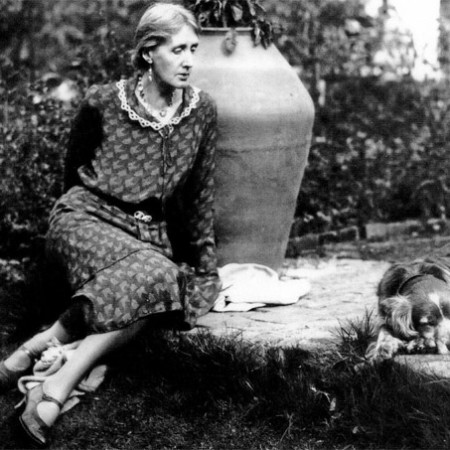The mystery never ends, it cannot end. That´s why it is called a mystery, it cannot be known ever. It will never become knowledge, that´s why it is called a mystery; something in it is eternally elusive. And that´s the whole joy of life. The great splendor of life is that it keeps you eternally engaged, searching, exploring. Life is exploration, life is adventure.
The legendary Persian Queen Scheherazade is a gorgeous example of this wonderful, intelligent and creative mystery called life. Her amazing story featured in One Thousand and One Nights (هزارافسانه), is an inspiration to generations of story tellers, movies makers, musicians, painters and poets. It will remain so, forever and ever and ever.
Scheherazade (شهرزاد) is a female name meaning "of noble lineage" in old Persian, or "born in the city" in modern Persian.
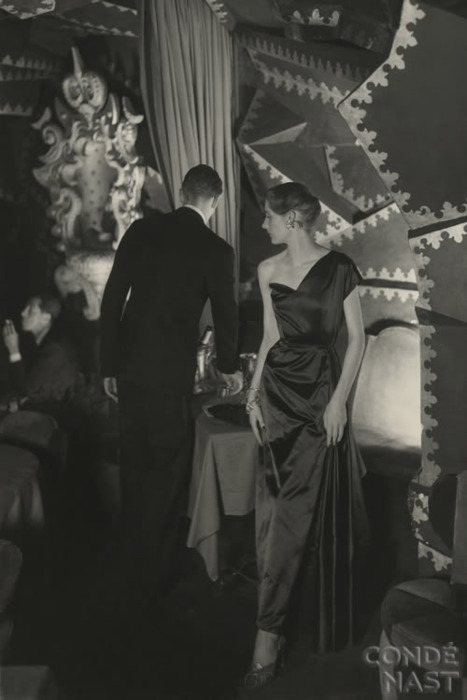 Model wearing Schiaparelli’s asymmetrical evening dress at Schéhérazade club, Paris
Model wearing Schiaparelli’s asymmetrical evening dress at Schéhérazade club, Paris
 Photo taken at Schéhérazade club by Roger Schall, 1940
Photo taken at Schéhérazade club by Roger Schall, 1940
 Vaslav Nijinsky and Ida Rubinstein in ballet adaptation of Sheherazade premiered on June 4, 1910, at the Opéra Garnier in Paris by the Ballets Russes. The choreography for the ballet was by Michel Fokine and the libretto was from Fokine and Léon Bakst, who also designed sets and costumes
Vaslav Nijinsky and Ida Rubinstein in ballet adaptation of Sheherazade premiered on June 4, 1910, at the Opéra Garnier in Paris by the Ballets Russes. The choreography for the ballet was by Michel Fokine and the libretto was from Fokine and Léon Bakst, who also designed sets and costumes
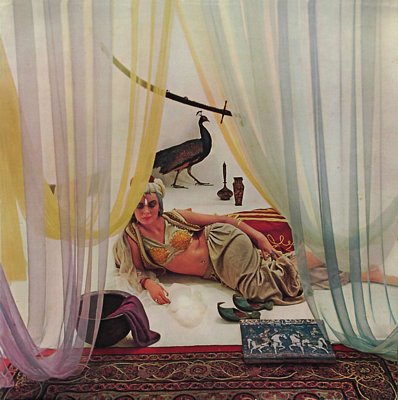 Sleeve design for Rimsky Korsakov’s symphonic suite recorded by The Philadelphia Orchestra. Phillips
Sleeve design for Rimsky Korsakov’s symphonic suite recorded by The Philadelphia Orchestra. Phillips
 Nijinsky in the role of the negro slave in the ballet Sherezade by Rimski Korsakov, George Barbier
Nijinsky in the role of the negro slave in the ballet Sherezade by Rimski Korsakov, George Barbier
George Barbier
 Edouard Frederic Wilhelm Richter
Edouard Frederic Wilhelm Richter
René Magritte














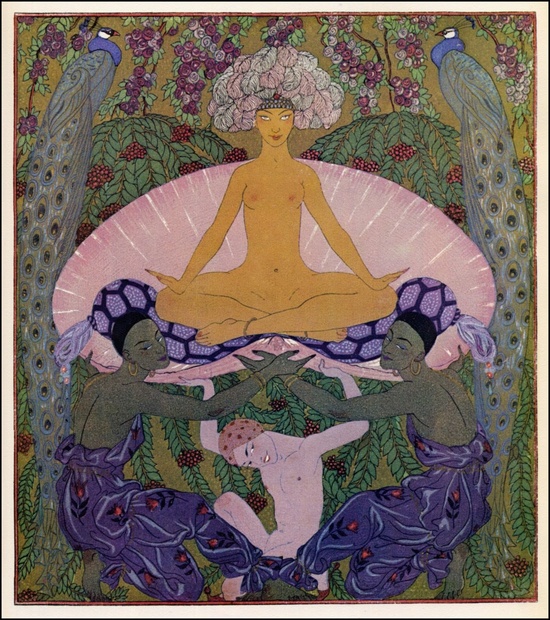


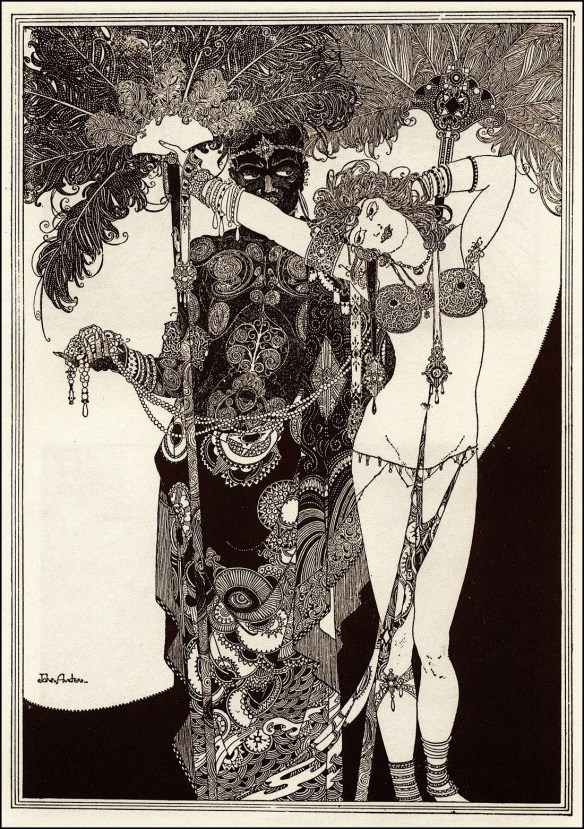








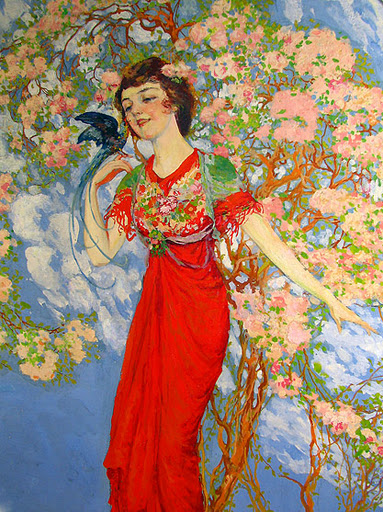



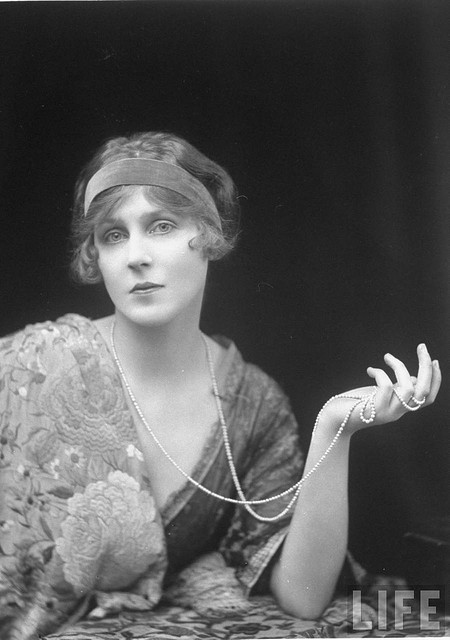





 Gwili Andre by Cecil Beaton
Gwili Andre by Cecil Beaton













